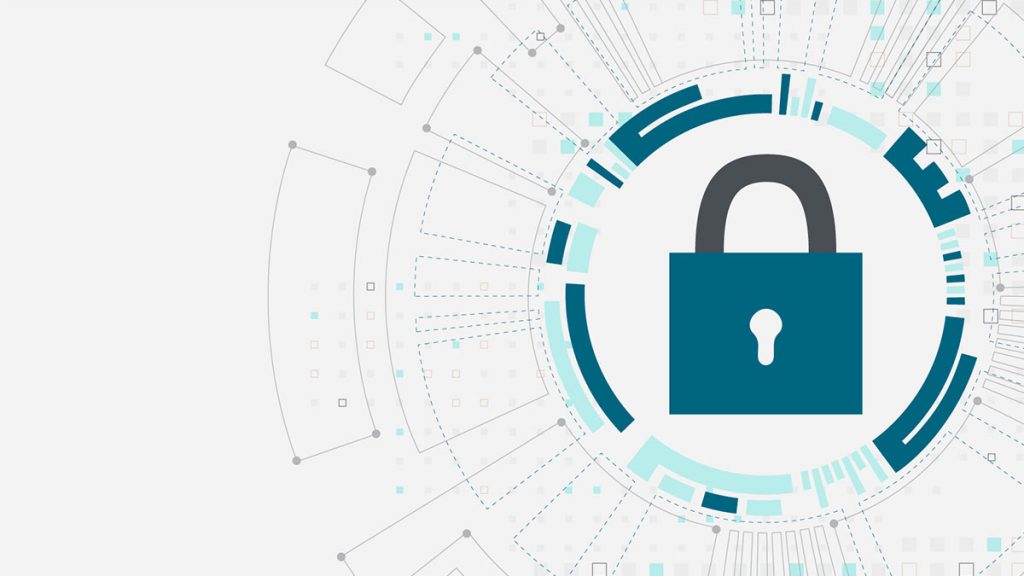Managed file transfer (MFT) continues to be a mission-critical aspect of a business. But as MFT dynamics change, so does the conversation around security. The biggest takeaway: the Zero Trust security model is the path forward.
The Zero Trust security model supports modern MFT
Consider all the movement that’s happening in today’s MFT market. More and more businesses are moving to the cloud, with hybrid cloud models being popular. This shift means that MFT is being deployed in various ways.
As Meetesh Patel, General Manager of Managed File Transfer at Axway, explained it in a recent roundtable webinar with me, it also means the MFT footprint is getting bigger, making data breaches more of a beast to tackle.
Cloud adoption is undoubtedly needed for businesses to remain agile and competitive. But as the IT infrastructure becomes more complex, businesses tend to lack visibility into what’s happening within their system — and that’s problematic.
That’s where the Zero Trust security model enters the picture. Operating under a principle of “trust no one until they’re verified,” the Zero Trust security model supports the strong security posture that modern enterprises need to operate successfully.
Think about Zero Trust security in the context of a guest checking into a hotel. They only get access to areas they need access to, like their room, the pool, the gym, etc. They can’t open other rooms with their key cards once inside the hotel, and in some places, they must even swipe their card in the elevator to access their floor – and only their floor.
Assuming everyone is in breach mode, the Zero Trust security framework encourages giving users the most restricted access.
Company leaders struggle to understand the Zero Trust security model
While there are clear incentives to adopt the Zero Trust security framework, aspects of it aren’t fully understood.
In Capterra’s 2022 Zero Trust Survey, 47% of IT professionals reported that their company’s leaders don’t understand Zero Trust security. This makes it more difficult to get their buy-in.
At the same time, there’s a lack of consensus between security and operating teams. When these two teams aren’t aligned, it can lead to incompatible approaches that create further confusion in an already-complex process.
Adding to this perfect storm, vendors are also still maturing and evolving in the Zero Trust security space. So, while customers are figuring out the best plan of action, many vendors are doing the same.
How can businesses start to tackle Zero Trust security?
Transitioning to a Zero Trust security model is a balancing act. On one hand, businesses need the flexibility to accommodate unique needs in their MFT infrastructure.
At the same time, businesses need to establish rigid access in other areas to keep critical data safe. How does a solution do both jobs?
“A lot of organizations are trying to figure out the best approach to using their own tooling connected with external third-party vendor tooling to secure their files or data,” noted Paul Lavery, Senior Director of the MFT product line at Axway, who also joined us in the recent webinar discussion.
The truth is that no one solution exists to deliver Zero Trust security. As an MFT and cloud provider, Axway is working alongside customers and providers to validate appropriate solutions — and also providing guidance on how to start the Zero Trust security journey.
5 steps businesses can take to kickstart their Zero Trust security journey
It starts with an important question: What is it that you’re trying to protect?
It is not the network. It is not the host. It is the data.
With that understanding as a foundation, these five stepping stones can help build a Zero Trust security journey:
- Catalog and understand the data being moved through your system.
- Determine how and where you’re going to centralize your identity.
- Determine the governance model for each of the individual data flows.
- Enable infrastructure visibility and connect it to AI and SIEM technology.
- Rationalize your current and future plans in terms of your MFT systems.
Download the checklist: 5 steps you can take to move toward Zero Trust security
The human element of the Zero Trust security model
The learning curve around Zero Trust security is rather significant, so it takes time for IT and operations teams to wrap their head around the logistics of it all. If people don’t spend enough time here, that’s where mistakes can occur.
Architects and security experts are facing the challenge of how to get up to speed, fast. After all, the goal is to disrupt their MFT operations without slowing them down.
While helping make Zero Trust security usable, Axway is also helping to deliver the technical expertise needed to support these initiatives.
Our Managed File Transfer solution combines the power of a cloud platform with the reliability of experts who have 10+ years of experience in the space. We welcome the challenge of helping businesses successfully run their MFT operations in today’s security-driven landscape.

Follow us on social